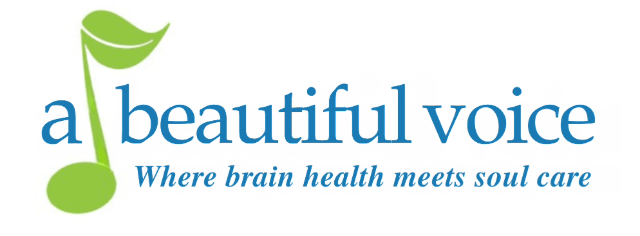“Family caregiving affects millions of Americans every day, in all walks of life… The nation’s family caregivers provide the lion’s share of long-term care for our older adult population. They are also central to older adults’ access to and receipt of health care and community-based social services. Yet the need to recognize and support caregivers is among the least appreciated challenges facing the aging U.S. population.” – Richard Schulz and Jill Eden, Editors, National Academies of Sciences, Engineering, and Medicine. 2016.
I’m studying how the COVID-19 pandemic is changing caregiving.
Immunocompromised people, seniors with dementia and anyone with a chronic disease are more likely to experience the most severe COVID-19 symptoms. Caregivers face new worries due to the coronavirus, including whether they can still assist their vulnerable relatives and friends and what they should do if they themselves or someone they live with gets sick.
This quandary affects about 21.3% of Americans. The total number of Americans doing this unpaid work has reached an estimated 53 million in 2019, according to the latest data collected by the National Alliance for Caregiving, an advocacy and research organization, and AARP. That number, which excludes people caring for children without disabilities, is up from 43.5 million, the previous estimate made in 2015.
Caregivers support their loved ones and friends by voluntarily performing an array of duties. They help with activities of daily living, such as eating and getting dressed, along with a range of medical needs. They change bandages, make sure the person they’re caring for is taking their drugs and monitor symptoms.
The report also observes that more than 6 in 10 caregivers are women, their average age is 49 and about 1 in 10 is a college student.
Caregiving under ordinary circumstances could take at least 23 hours per week, with few breaks and little support. With COVID-19 social distancing measures, restrictions on getting more help at home is making caregiving even more challenging.
The pandemic is also increasing the toll that caregiving takes on the health and finances of caregivers.
And even before COVID-19 arose, about 1 in 4 caregivers were struggling to coordinate health care from multiple providers, up from 1 in 5 in 2015. Almost half have taken at least one financial hit as a result of their caregiving, the new report found.
Still, until now the government hasn’t done much to support caregivers. Congress  did work some funding for them into the $2 trillion relief package known as the Coronavirus Aid, Relief and Economic Security (CARES) Act – $100 million for services to support caregivers but the exact details remain to be seen.
did work some funding for them into the $2 trillion relief package known as the Coronavirus Aid, Relief and Economic Security (CARES) Act – $100 million for services to support caregivers but the exact details remain to be seen.
Several organizations provide caregivers with resources and guidance on people caring for others who have contracted COVID-19, but advice is not enough.
I believe that health care systems ought to take steps to make sure that caregivers are adequately protected with the masks and other personal protective equipment they need at home, and have access to telehealth services for their loved ones and check-ins from clinicians who can ensure they have what they need to take good care of themselves.
This article is adapted and republished from The Conversation under a Creative Commons license. Read the original article.
Author/Citation:
![]()
Author: Associate Professor of Health Policy and Management, University of North Carolina at Chapel Hill
Citation for Introduction: National Academies of Sciences, Engineering, and Medicine. 2016. Families Caring for an Aging America. Washington, DC: The National Academies Press. https://doi.org/10.17226/23606.

